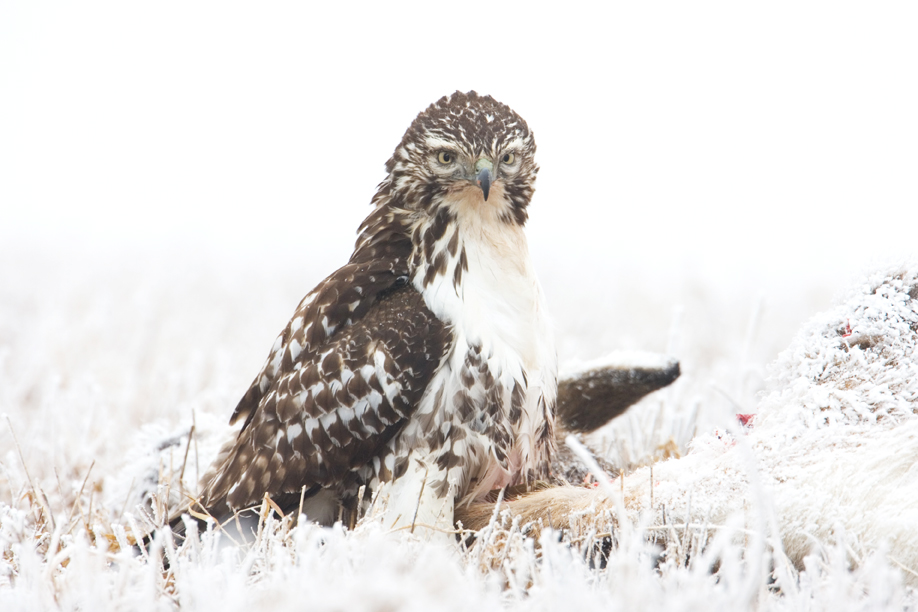Winter bird migration basics
By Kerri on December 19, 2013 in Blog
When the winter months roll around, it’s easy to notice what’s new: snow, ice, winter coats and twinkling lights. But look around and you notice something missing. When the weather gets colder, it’s a signal to a large portion of Iowa’s bird population to head on south to warmer and balmier climates.

But some birds like to stay. I talked to Ryan, one of our land stewardship assistants and casual ornithologist, about what triggers some birds to leave and others to hold their winter ground.
According to Ryan, there are three main factors in bird migration. Daylight cycles, food supply and temperature play major roles in migration systems, signaling a needed shift in location in many bird species. Hardier birds, like birds of prey or seed eating birds, are able to find a constant food supply in the winter and can adjust their eating habits to survive for days on end without food. Insect eating birds or nectar feeders are much more likely to migrate because the food that makes up their diet is rare in the winter months. So while you can see plenty of cardinals, sparrows and red-tailed hawks on a winter walk, it’s unlikely you’ll see a hummingbird, red-headed woodpecker, nuthatch or cerulean warbler untili the spring.
What sort of birds do you watch for in the winter?